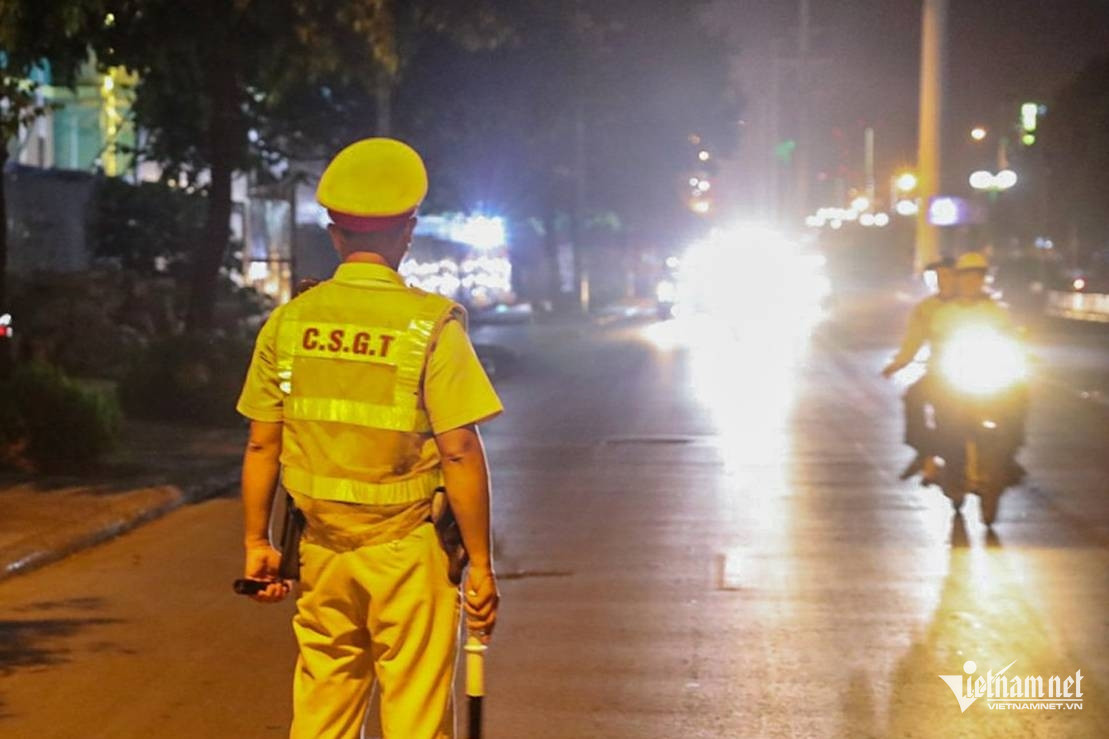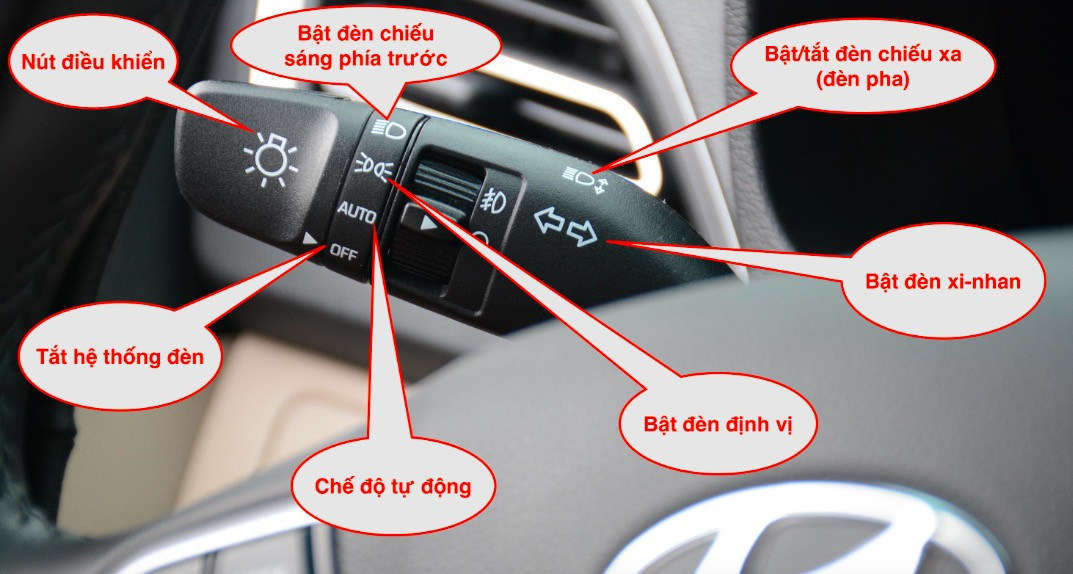When driving at night or in bad weather, if you do not turn on the headlights in the appropriate mode, it will greatly affect visibility, causing danger to yourself and other vehicles.

When and how to turn on car headlights seems simple, taught in every driving training facility, but not every driver applies it correctly when on the road.
In fact, when driving at night or in bad weather, if you do not turn on the headlights in the appropriate mode, it will greatly affect visibility, causing danger to yourself and other vehicles. At the same time, using the lights incorrectly can also be punished by the traffic police.
The 2008 Road Traffic Law stipulates that motor vehicle drivers must use headlights when participating in traffic at night, when driving in foggy conditions, bad weather that greatly affects visibility, or when traveling in road tunnels.
Clause 3, Article 5 of Decree 100/2019/ND-CP on administrative sanctions in the field of road and railway traffic stipulates that the act of driving a car without using or not using enough headlights from 7:00 p.m. the previous day to 5:00 a.m. the next day, when fog or bad weather limits visibility; using high beams when avoiding oncoming vehicles,... will be fined from 800,000 to 1 million VND.
Thus, from 7pm the previous day to 5am the next morning, drivers are required to turn on their headlights in any case. In addition, at times outside the above time frame but in bad weather (darkness, fog, limited visibility, etc.) or when entering a tunnel, drivers must also turn on their lights to ensure safety.
However, simply "turning on the lights" is not enough. You need to turn on the right type of lights when participating in traffic to ensure safety for yourself and other vehicles.
Currently, on most cars, the headlights will have 2 main modes: high beam (also known as far-pha) and low beam (also known as cos-cot), drivers must use them appropriately.
Clause 12, Article 8 of the 2008 Road Traffic Law stipulates that it is strictly forbidden to honk or rev the engine continuously; honk from 10 p.m. to 5 a.m. the following morning; honk or use high beams in urban areas and densely populated areas, except for priority vehicles on duty.
Similar to the above-mentioned "not turning on headlights" violation, for the act of "using high beams in urban areas, densely populated areas and driving in road tunnels", car drivers will also be fined from 800,000 to 1 million VND (according to Clause 3, Article 5 of Decree 100/2019/ND-CP).

To ensure safety and avoid being fined by traffic police, driving experts have some advice on using car headlights when driving on the road as follows:
- Proactively turn on the car's headlights when it's dark, not necessarily at the prescribed time; if the car has automatic headlights (auto), you should use this mode to avoid forgetting;
- In cities and densely populated areas, always leave the light switch "default" in low-beam mode (cos);
- On highways without median strips, you can use high beams when there are no vehicles and switch to low beams immediately when there is an oncoming vehicle or when driving close behind another vehicle;
- On highways with a sufficiently high median strip, drivers are allowed to use high beams for best visibility;
- On winding mountain passes, you should use high beam mode. This will help increase visibility for the driver and help other vehicles detect vehicles ahead early, but when there is an oncoming vehicle, you must immediately switch to low beam mode;
- If you want to overtake vehicles in the same direction, the driver can flash his headlights to ask for the right of way;
- In case of heavy rain or dense fog, turn on the headlights combined with the emergency lights to ensure safety;
- Always check, maintain and clean the lighting system before each trip to ensure they work best.
University (according to Vietnamnet)